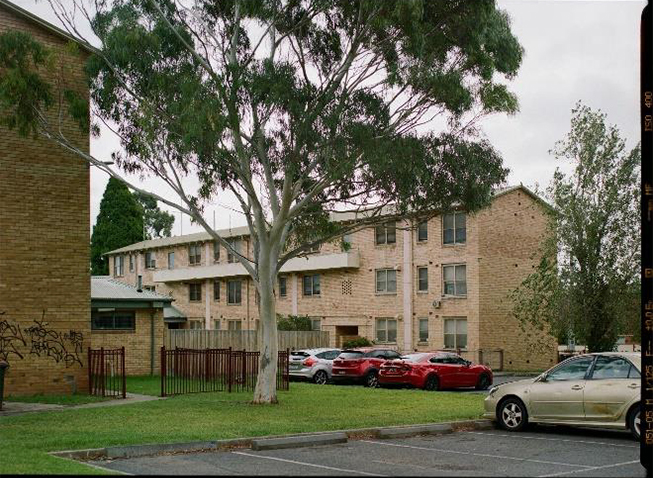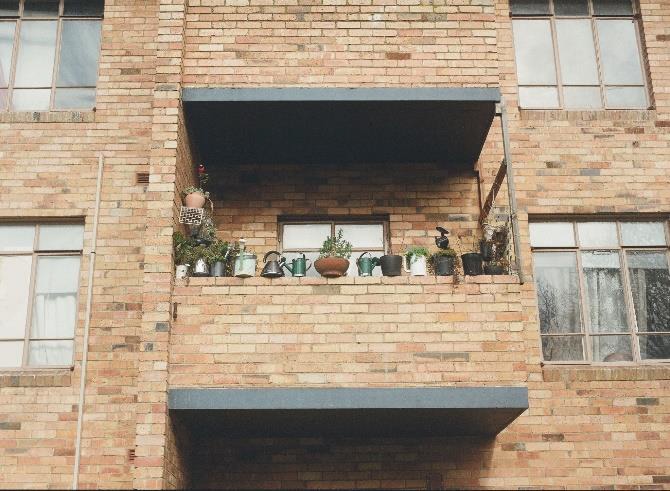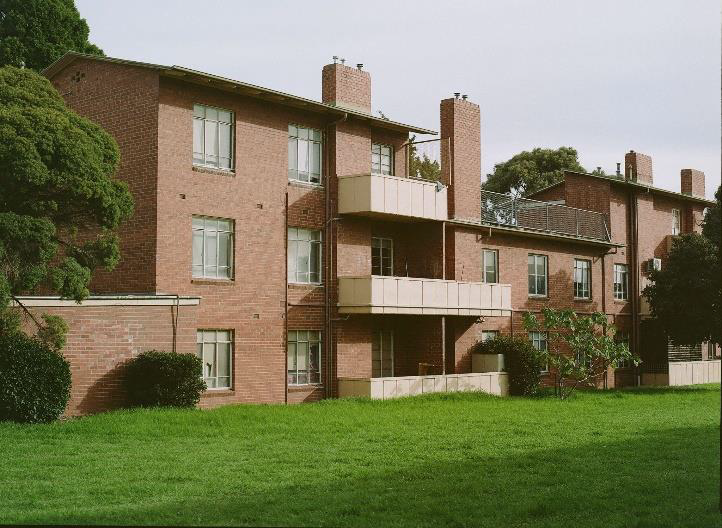Housing affordability is a growing issue in the advanced economies, particularly in countries such as Australia, where decades of policy reflect the interests of investors; there is a trope that it’s easier to buy your tenth house than your first. This neoliberal approach has not only impacted the private housing market, but has ended the post-Second World War boom in the construction of public housing.
In the state of Victoria, the policy has turned towards demolition and public-private partnerships. ‘There were a couple of estates they demolished prior to any formal policy, then in 2016 that was formalised through the Public Housing Renewal Program,’ says Simon Robinson, co-founder of non-profit design firm OFFICE. The PHRP identified 11 sites that would be demolished, then rebuilt by private developers with 70 per cent of the stock as private housing and the remainder as ‘community housing’ — that is, association-run, but not public. ‘There was a lot of criticism that they were just selling or giving the land to private developers,’ says Robinson.

The inner-suburban Ascot Vale Estate, the state’s largest, was one place affected by the policy. A prime example of the optimistic post-war estate, the collection of high-rise towers and low-rise walk-ups was designed by iconic architect Best Overend with the era’s typically Corbusian approach to light and space. After residents of the walk-ups were informed of the renewal plans at a meeting, the result was backlash. Resident Clare Hanson recalls being highly sceptical of the meeting’s motives, and with others formed the Save Ascot Vale Estate (SAVE) group, though too late to save 80 residences.
Then, in September 2023, the government announced the demolition of all 44 high-rise towers across the state. The news came as a shock to residents. ‘They weren’t told any details,’ says Robinson’s co-founder Steve Mintern. ‘They found out via the news media. Some of them started packing thinking they had to move out the next day.’

OFFICE contacted SAVE and the Save Public Housing Collective, a coalition of residents, activists, academics and others, to offer their services, and agreed to conduct a feasibility study based on their Retain Repair Reinvest model. The model focuses on the environmental, social and economic benefits of refurbishing existing public housing, i.e. retaining communities, repairing to reduce environmental impact, and reinvesting savings. According to the architects, similar approaches are used in Europe and North America, but no formal feasibility study has been done in Australia.


Robinson and Mintern conducted a study on one of the walk-ups, finding that it and others could be refurbished to contemporary standards with residents moved to already vacant homes within the estate, reducing disruption to their lives. ‘The government talks about energy-efficient homes, accessibility and sustainable construction, but it does feel like these are methods for them to justify demolition,’ says Robinson. ‘Our work benchmarked against their goals of density and contemporary standards. We can achieve all those outcomes through refurbishment.’
The study looked at the government’s target areas, including lack of lifts, disability access, laundry access, energy efficiency, number of bedrooms and quality and quantity of communal space, and included the expertise of environmental design consultants. In each area, the proposed refurbishment and redesign was able to meet the government targets — in some cases the target was exceeded, such as the capacity to convert 20 per cent of apartments to disability accommodation as opposed to the government’s five per cent, and providing extra communal space via rooftop access.

OFFICE released its report publicly, and for some months there was no movement. Then the two visited Ascot Vale Estate to find builders refurbishing the building they’d studied. ‘We then got an email from Homes Victoria saying they’d retain it as public housing,’ says Robinson. Pressure from Hanson and the SAVE group likely helped too. ‘There was a state election coming up at the time, and Clare had had some media attention,’ says Mintern.
While the refurbishment was a positive outcome for one building, the bigger picture is that the entire estate is no longer slated for demolition — and there’s now a proven alternative to which activists can point. Hanson is heartened but cautious, pointing out what looks like ‘managed neglect’ that may make future demolition inevitable. But for now, the buildings and, just as importantly, the community and its support networks are intact. ‘There’s no one alive in Australia today who was born before public housing,’ she says. ‘Everyone agrees it should be there.’

There are lessons to be taken here. Policymakers should engage openly with stakeholders earlier, from design and planning experts to residents, before policy is fixed. And when it comes to resident engagement, positive examples exist. As Robinson points out, the Greater London Authority requires ballots to be taken from residents for many social housing demolition or regeneration projects, with the results binding. Neither of these improvements needs to be onerous — they are a matter of regarding housing as a human right, and public housing as a public matter.





